
Are you looking for a new way to keep students engaged and motivated in the middle of the school year? Why not try project-based learning?
What is Project-Based Learning?
Project-based learning (PBL) is a student-centered teaching method that encourages learning through engaging curriculum-based problems or challenges. Students start with a real-world problem. The best problems incorporate things kids care about. As they work to solve the problem, they apply and develop academic skills and knowledge. Learning is part of the process.
Often, students work together in teams to solve PBL challenges. This helps them to develop important soft skills like communication, teamwork, and leadership. Even in a virtual or socially distanced classroom, students can still collaborate with the help of technology.
Why use Project-Based Learning?
Because it’s fun!
PBL is active, engaging, and students love it. It is easier to motivate students to work hard when they are interested in the learning task.
PBL also results in deeper levels of understanding. Instead of simply memorizing and recalling information, students must construct knowledge. They must apply the skills they have learned to solve a problem. This requires experimentation, trial and error, and reflection.
Students engaged in PBL can see how what they are learning in the classroom applies to the real world. As they move through the problem and find solutions, they develop confidence as learners. This encourages a growth mindset.
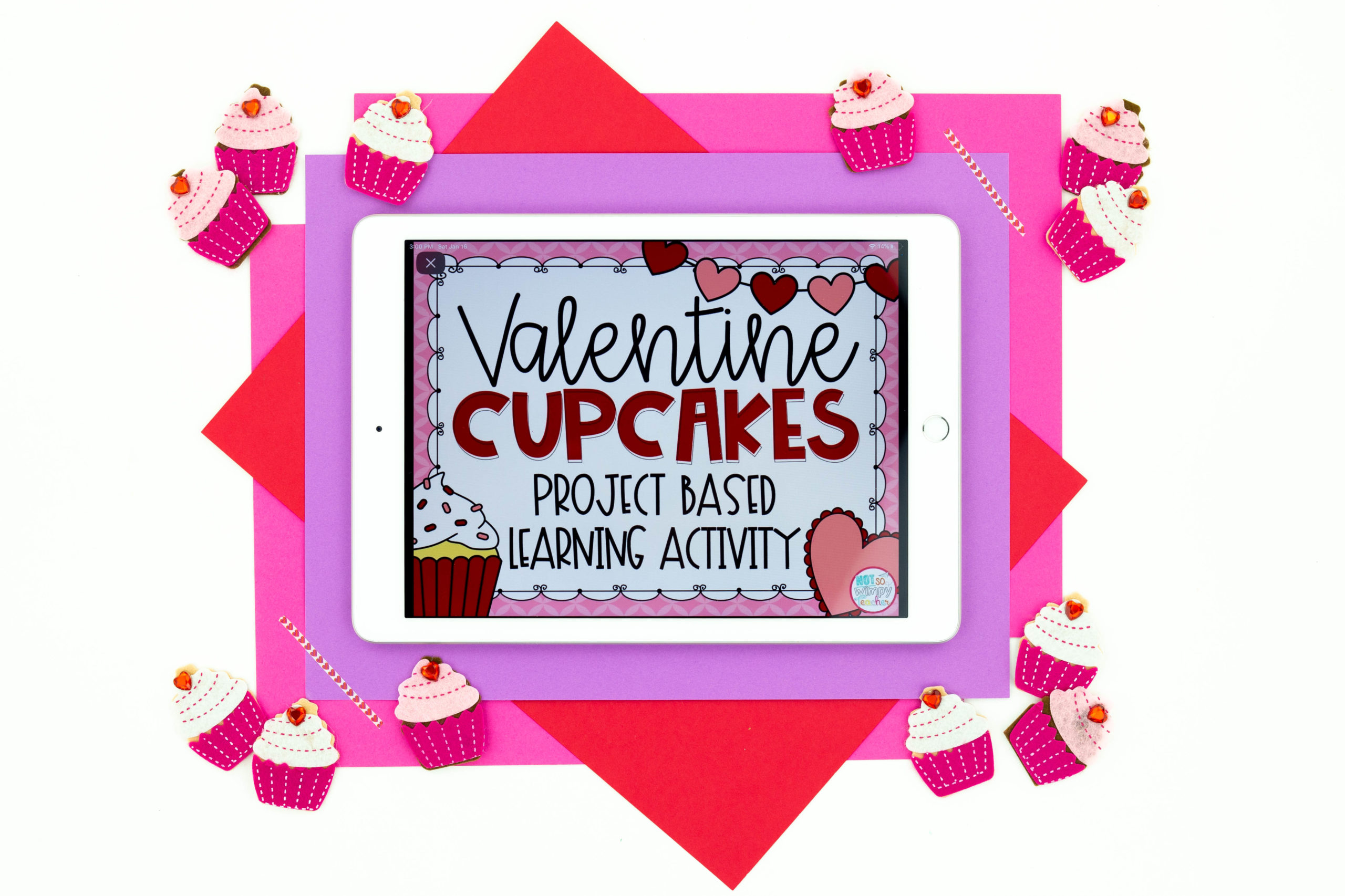
It All Starts with the Problem
PBL starts with a relevant and challenging problem. Students must identify the problem, investigate and research possible solutions, and experiment with alternative answers. They must also test their answers and reflect on the learning process.
A well-constructed PBL challenge gives students the opportunity to practice many academic skills. But it all starts with the problem.
The Teacher’s Role in Project-Based Learning
Teachers act as facilitators or guides for the students. This is not an instance where you model how to solve the problem. You want your students to struggle a little bit because the learning occurs while solving the challenge.
Although teachers don’t take a leading role, you must still be engaged in the learning activity. You should be ready to provide scaffolding or support as necessary. You are the ultimate resource to help nudge your students toward the answer.
Getting Started with PBL
If PBL sounds interesting to you, but you aren’t sure you’re ready to tackle it on your own, I’ve got great news. I’ve been adding new resources to my store that make it easy for teachers to introduce to PBL to their students.
Our new Valentine Cupcakes activity is one example.
This new resource will have students working to complete a baking challenge. Your students are sure to have fun “baking” cupcakes and they won’t even realize they are practicing math skills like measurement and time.
A Peek Inside Valentine Cupcakes
This Valentine’s Day activity, like all our PBL resources, is both digital and printable. It’s perfect for the classroom and online learners, or a mix of both.
It includes a variety of problems, so it’s easy to differentiate. You can choose which level to assign to your students.
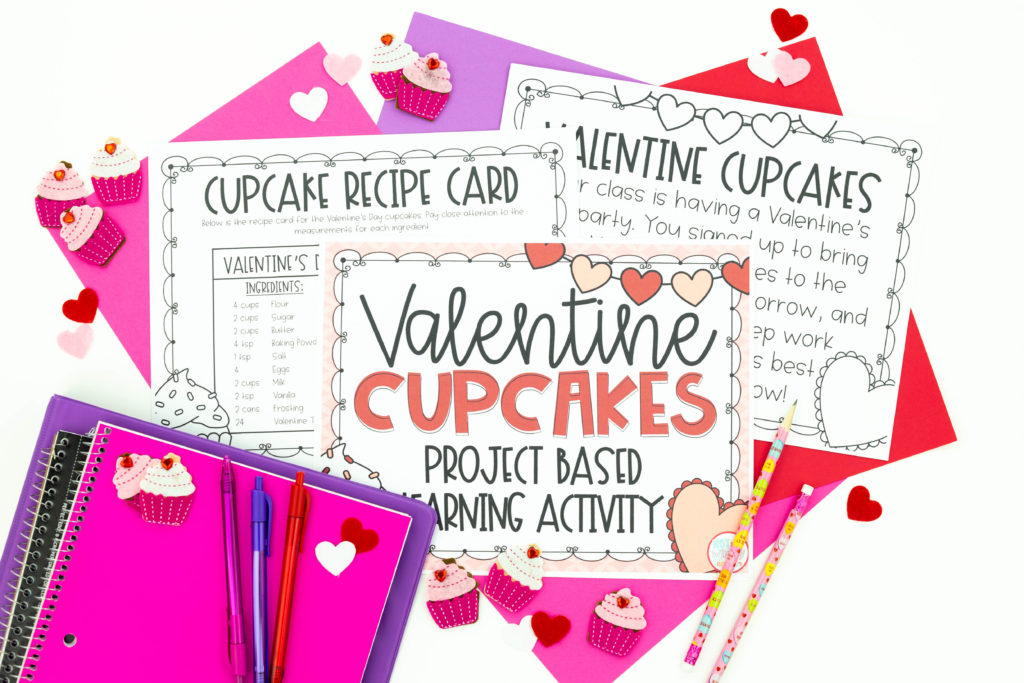
How to Use Project-Based Learning Resources in the Classroom
There are lots of ways to incorporate PBL resources into your classroom. You can assign the Google Slides through Google Classroom and let students complete the project independently.
There are also instructions for how to create a PowerPoint that you can integrate with Canvas, Schoology, or other learning management systems.
Not only are the digital resources great for distance and hybrid learning, they are perfect for 1:1 classrooms to promote social distancing.
You can also download and print the PDF pages for students to work on in class. Students can work in pairs, groups, or independently.
Another great way to use PBL resources is in small groups. This allows you to help guide struggling students to find the answers.
Differentiating Made Easy
There are lots of ways to differentiate PBL to ensure that all students are appropriately challenged. You want students to struggle to solve the problem, but ultimately you want them to be successful.
Our PBL resources provide a variety of ways to customize learning. You can differentiate student directions by selecting more simple or complex versions of the problem. Use one set of directions for your entire class or assign unique problems to different student groups.
You can also add optional challenges for more advanced learners or edit the numbers to meet the needs of your learners. For instance, if you have some students ready to tackle decimals or fractions, you can change their problems individually.
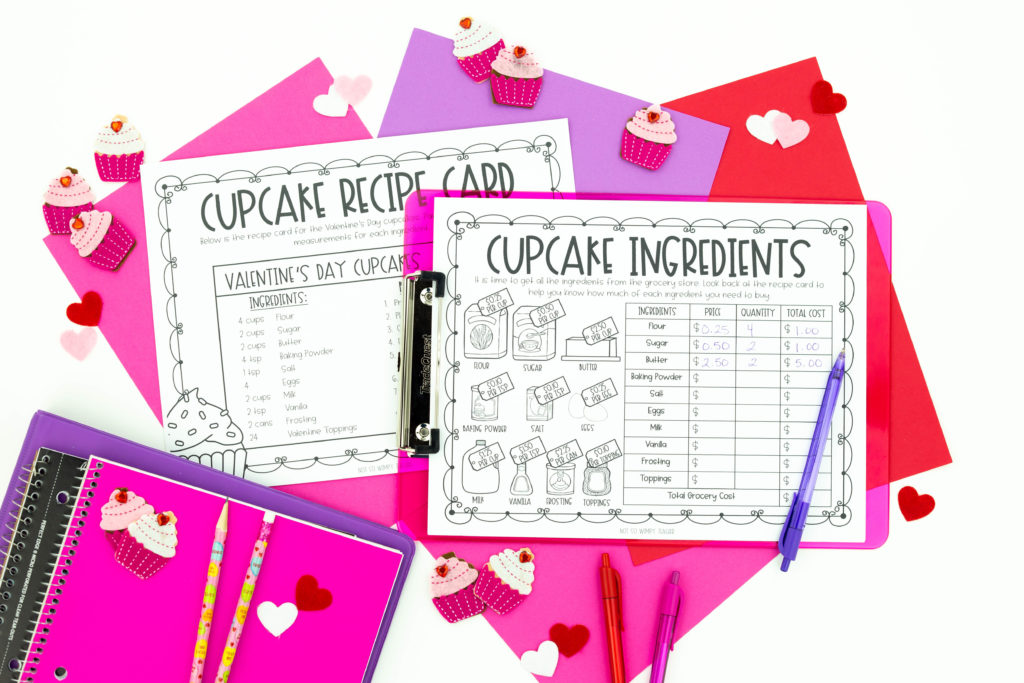
This resource also allows students to drag-and-drop answers, which is perfect for younger learners. Older students can type in their answers.
Finally, our PBL resources require students to reflect on their learning. They must consider questions like: Did you solve the problem? What would you do differently next time?
A Few More Helpful Hints
If you’re ready to get started with PBL, you’ll definitely want to check out our Valentine Cupcakes Project Based Learning Activity. Here are a few things to keep in mind.
When you purchase the resource, the links on the Teacher Directions page will take you to the full resource. Just decide whether you want Google Slides or a PDF and click the proper link.
If you want to include a copy of the Teacher Directions in the Google Slides download, you can take a screenshot of the directions and insert a slide at the beginning of the presentation.
I know you and your students will love this fun Valentine activity.
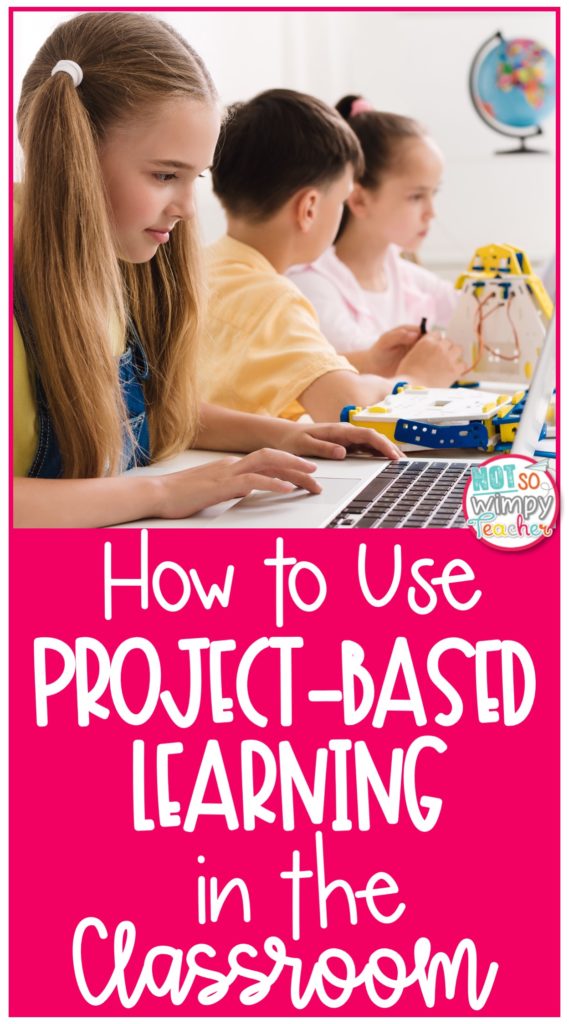
Have a Not So Wimpy Day,


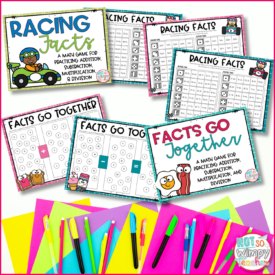
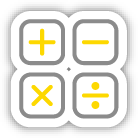



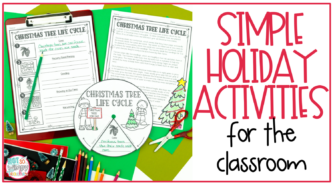
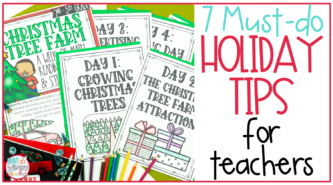
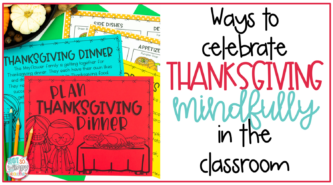











 End of Year Carnival Week for grades 2-5!
End of Year Carnival Week for grades 2-5!
Leave a Comment